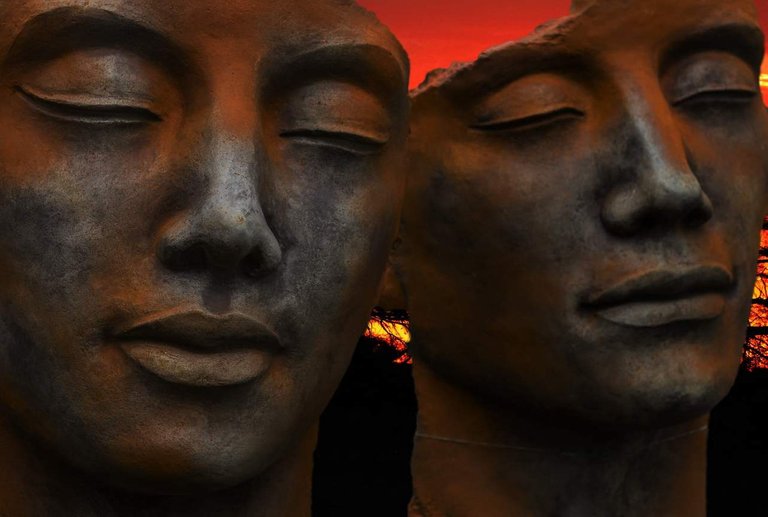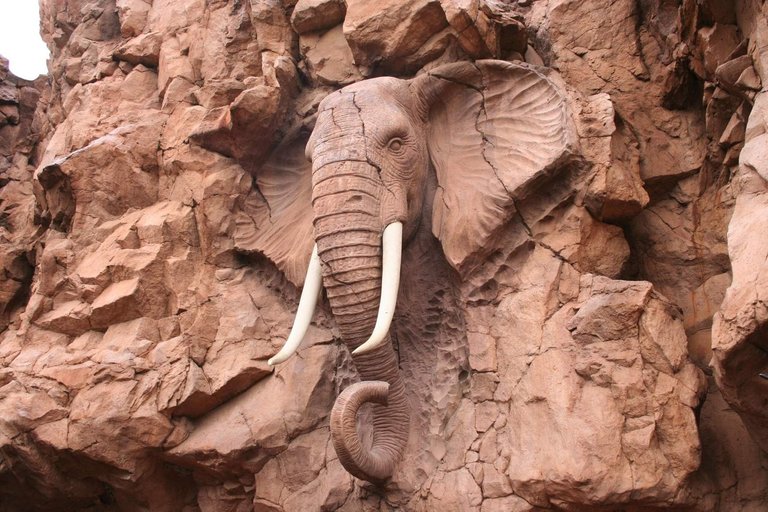
Image by Lars Nissen photoart:
We may start by thinking about what, or who, is African? Is it simply a question of geology, of living in the landmass of Africa. Africa has been characterized by its relationship toward the West, so has its art, and we can start by taking a gander at how Western workmanship history specialists and exhibition hall guardians came to personality African workmanship. It is presently a long time since European voyages far and wide started to bring home products and data from different mainlands. 250 years prior a portion of the antiques they got in Africa were being incorporated among the 'counterfeit interests' in the creating accumulations of the recently framed British Museum. In any case, it was not until the late nineteenth century that Europeans, particularly anthropologists, started to regard a portion of these things as 'art'.

Researchers at that point were intrigued especially in attempting to clarify how they societies of the world had created and spread to deliver what they viewed as the zenith of human accomplishment, the European culture of their day. Among different people groups of world, a few, including most occupants of Africa, were taken to speak to 'savage' or 'crude' stages of social improvement, and to the extent that their antiques appeared to be renditions of expressions of the human experience which were a sign of purported 'civilisation', these progressed toward becoming 'crude art'.
In American exhibition halls these societies were frequently characterized with 'common history', however in the British Museum they went under the free heading of 'ethnography'. In either case this recognized them from the civilisations of Europe, Asia and parts of Africa, for example, Egypt and the Arab conditions of North Africa. Later ages of Europeans, progressively careful about offending individuals by calling them 'crude', have embraced words like 'innate' or on the other hand 'ethnic'. How far this speaks to a difference in frame of mind is another question, particularly when such a large number of scholars want to fall back on articulations like 'supposed crude'.

As the pioneer triumph of Africa continued during the nineteenth century, more furthermore, progressively African antiques showed up in the historical centers and art markets of Europe. The possibility of African workmanship got a major lift during the 1890s when several fine metal figures, plundered during the British victory of Benin City in Nigeria, were sold on the open market, and many found their route into the British Museum.
Later frontier swashbucklers kept on bringing new shocks as they dispatched back to Europe enormous accumulations of outlandish antiquities in styles which Europeans had never observed. A portion of this was likewise plunder from military endeavors, however significantly more was bought from individuals who prized the riches and extraordinary merchandise of Europe more than their commonplace neighborhood items.
Some African antiques were exhibited to provincial chairmen, evangelists and inhabitants. Some were bought, with point by point documentation by anthropologists, other by exile inhabitants, gatherers what's more, art sellers. Such individuals have all added to the accumulations of the English Museum.
Posted using Partiko Android
Congratulations @chameleon47! You have completed the following achievement on the Steem blockchain and have been rewarded with new badge(s) :
You can view your badges on your Steem Board and compare to others on the Steem Ranking
If you no longer want to receive notifications, reply to this comment with the word
STOPTo support your work, I also upvoted your post!
Thank you so much for being an awesome Partiko user! You have received a 100.00% upvote from us for your 12002 Partiko Points! Together, let's change the world!